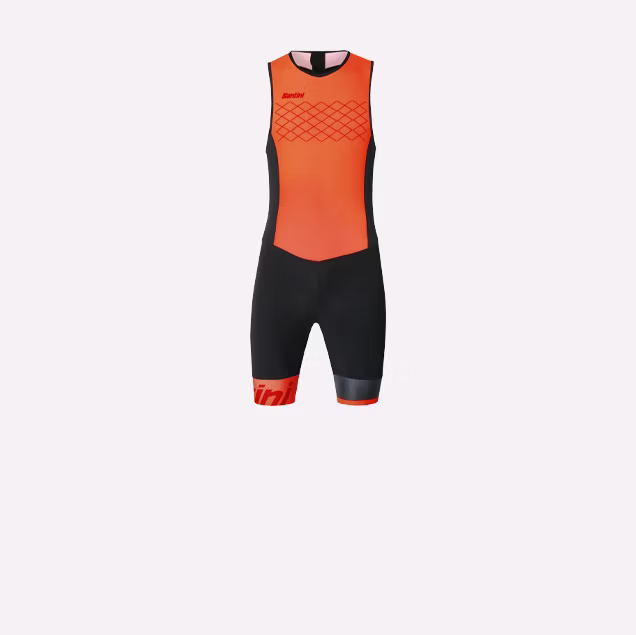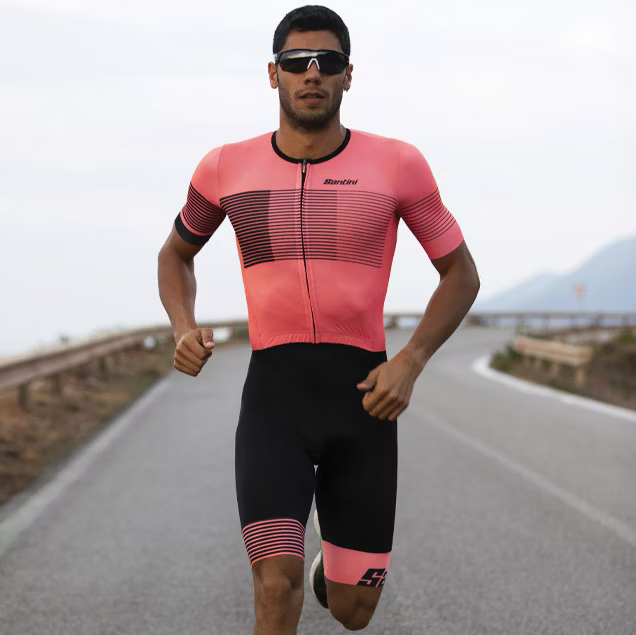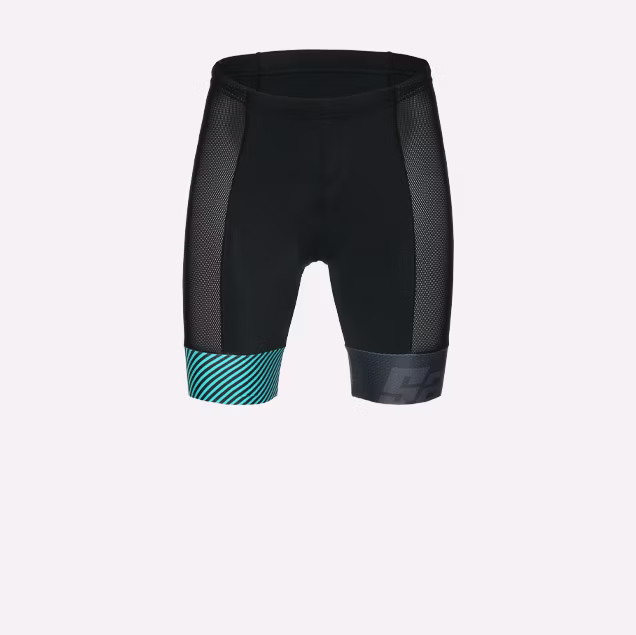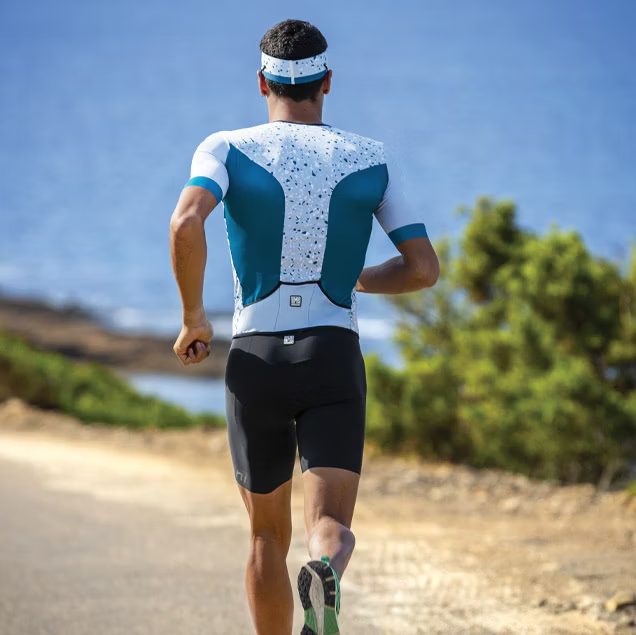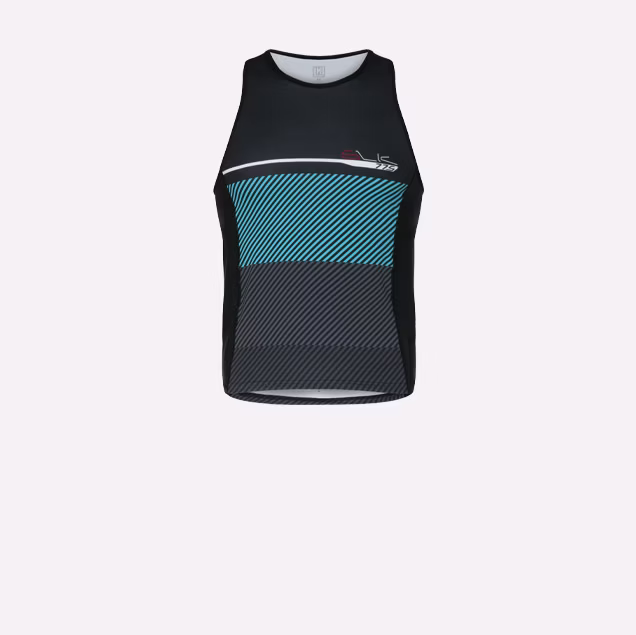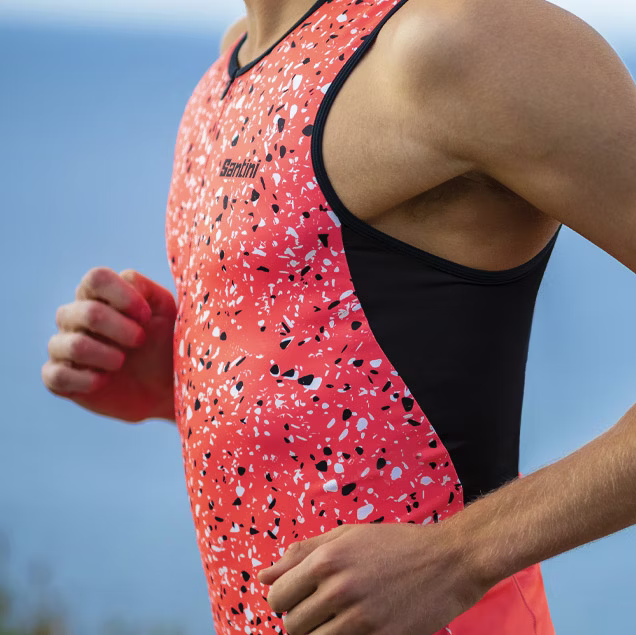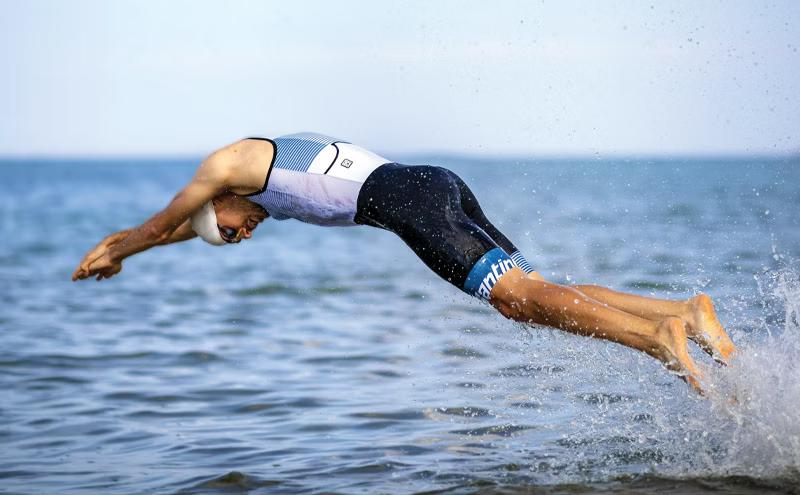
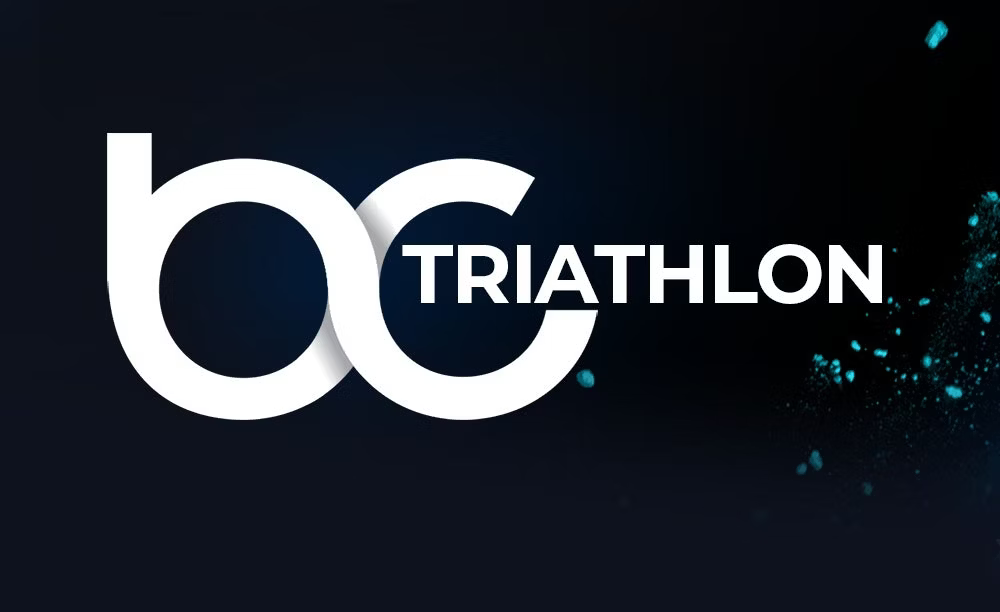

All You Need For Triathlon
You see three challenges as three opportunities to be great, you live and breathe the ethos of Swim, Bike Run. Or, you may be ticking off one of those bucket list items. Either way, you’re committed to the cause. It’s a cause the team at Bike Chain believe in and it’s why all of our brands are chosen with proven performance and reliability in mind.
MOST POPULAR
NUTRITION ESSENTIALS FOR TRIATHLON

ENERGY
Designed to help you fuel before and during training. With a range of different products including gels, bars and powders.

HYDRATION
Starting exercise in a hydrated state can kick start your performance, helping you to maintain hydration throughout an event.

RECOVERY
Recovery starts as soon as you finish. Known as the "training window", which lasts up to 30 minutes post exercise.

REBUILD
The more active you are, the more protein you need in your diet to help rebuild and prevent muscle breakdown.
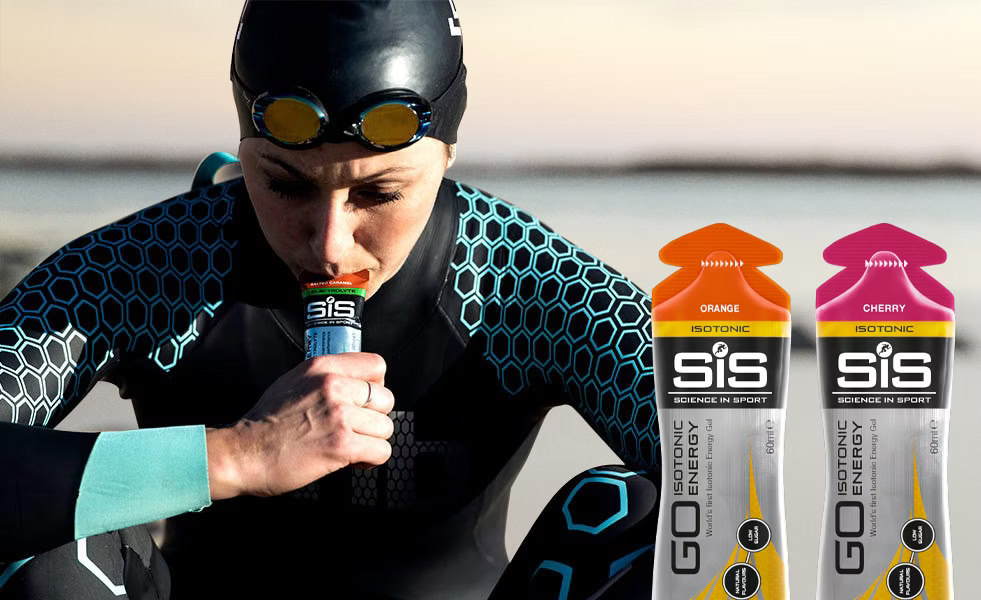
GO ISOTONIC ENERGY GEL
Energy gels are a convenient way to boost your carbohydrate intake during endurance exercise.
Frequently Asked Questions
It’s most common for a new triathlete to first use a road bike and then transition to owning a triathlon bike. And it is most common for a long-distance triathlete to have both a road bike and a triathlon bike.
Road bikes can be used in a triathlon, and in many races are the preferred type of bike. For very technical courses or shorter Sprint or Olympic distances a road bike may be fitted with tri bars. However for elite level shorter distances where athletes are able to draft of another’s wheel, no tri bikes or tri bars are permitted.
For longer course triathlons, including half Ironman and full Ironman distance, a triathlon bike (“TT”) bike is the preferred option, due to the aero dynamics of the bike and position required throughout the cycle leg to best run the distance required off the bike.
A TT bike wouldn’t be suitable to ride in a group ride of any kind, and would not be permitted in any cycling event.
On race day the preferred apparel for a triathlon event is a tri suit. There are several different styles for athletes to choose from, however this choice is often determined by the distance, conditions and time spent racing. A tri suit is worn for all 3 disciplines (swim, bike and run) of the race. Different styles may include a one piece or a two piece set, with a sleeve or without. A tri suit is worn firm on the body, and designed to have no drag or rubbing on the skin.
A triathlon race is timed over all three disciplines and includes transition (time taken from swim to bike, then bike to run) and therefore in a competition does not allow for a change of apparel. Many triathletes may say an event can be won or lost due to transition times. A tri suit is designed for an unrestricted swim, comfortable and aerodynamic cycle leg and also a comfortable and unrestricted run. Many tri suits have a storage pockets to carry nutrition (essential for long distance triathlons) over the cycle and run legs.
While many triathletes may use different apparel when training for these disciplines separately, a tri suit would be used in training before a race, especially in a “brick session” when the athlete is training in transitions, a swim to bike or a bike to run combination.
- Bike serviced and running well, position comfortable and suitable for the distance required.
- Nothing attached or hanging off the bike to interfere with the aero dynamics. Choosing the most efficient way to be carrying spares, hydration and nutrition.
- Apparel choice, no flapping jackets, vests etc, well-fitting helmet.
- One of the most significant is wheels and tyre choice, an easy upgrade to a bike is the choice of good wheels and tyres.
- Practice swim to bike transition, understanding the fatigue and difference.
- Hydration and nutrition requirements for the athletes race understood and practiced. Putting the three disciplines together requires a good understanding of this and hydration and nutrition is critical during the cycle leg (especially in the longer distances).
Apart from a good consistent training plan before a triathlon race, a bike time can be significantly reduced by the following:
Often triathletes source a deeper rimmed carbon wheel, and even a split rim set (rear wheel depth deeper than the front wheel).
Tyre choice should be the best suitable for the course terrain, usually triathletes require the fastest rolling tyres.
Due to the transition time being so important in both swim to bike and bike to run, a “triathlon shoe” in the cycle leg is the best choice. The tri shoe is designed for the athlete to wear without a sock, to put on and take off with minimal fuss and time. The shoe is designed for the athlete to put on and secure (and take off) while moving on the bike.
Once off the bike, the triathlete would put on their run shoe. Often again due to time in transition, the run shoe would be laced with a elastic lace, and therefore allowing the triathlete to pull the shoe straight on, requiring no lace up time.
Triathlon Cycling
Triathlon typically involves three disciples - swimming, bike riding and running - stitched together to form a single race or event. In most non-professional circumstances, you can opt to do all three disciplines yourself or enter as a team and share the load.
How long is a triathlon?
- Sprint
- Olympic
- Half Ironman (also referred to as a 70.3 in reference to the total mileage)
- Full Ironman
The huge popularity of this sport has resulted in several niche styles of competing - sprint, Olympic, long-distance and endurance events. The most common distances are:
750m swim | 20km bike | 5km run
1.5km swim | 40km bike | 10km run
1.9km swim | 90km bike | 21.1km run (half marathon)
3.8km swim | 180km bike | 42.2km run (full marathon)
What is a triathlon bike, and how is it different to a road bike?
A triathlon bike is built for speed, no doubt about it! Every feature of the design works to maximise aerodynamics and marginal gains. Riding a triathlon - also known as a Time Trial or TT - bike and a road bike is truly chalk and cheese. Common triathlon bike features include:
Tri bars
The most noticeable feature that indicates this is not your average road bike; tri bars are attached to conventional drop bars or integrated into the steam and bike itself. The bars enable the rider to lean down and low; the idea is to stay in this position for extended periods (180km if you’re an Ironman-distance athlete!) and maintain a highly aerodynamic, powerful position.
Sharp frame geometry
The frame accentuates these efforts to be as aero as possible. A tri bike’s frame will typically sport much sharper angles than a road bike to keep the rider low (but also better open up their hip for an easier transition into the run). Most of the drag (friction created as an object moves through the air) in cycling comes from the cyclist, not the bike. As such, a compact body that takes up less surface area is the aim of the game here!
Integrated brakes
We are going to end up sounding like a broken record, but aerodynamics are of critical importance to triathletes. So again, to enhance this, you will often find tri bikes neatly tucking their braking systems into the fork and then hidden under the bottom bracket. Such a feature helps make the bike as swift and smooth as possible.
Seat positioning
Expect a steeper position for a TT bike as opposed to a road bike. The more aggressive angle forces the rider to sit forward, thus making themselves more aerodynamic. Moreover, this feature relieves some of the pressure from the quadriceps and hamstrings, which get a serious work-out regardless.
Aero wheels
With an aero bike typically comes aero wheels (often made from carbon fibre), which are designed to be light and slice through the air.
Helmets
Serious triathletes look for marginal gains, and this includes their helmet design. It is not uncommon to see triathletes racing in futuristic-looking teardrop-shaped helmets, which reduce drag by encouraging air to glide over and down the back of the head.
Triathlon shoes
These are a big give-away as more often than not they open and close with a velcro strip. Why? You guessed it - speed. The triathlete doesn’t have to dial in or out of shoes, undo laces, e.t.c. It’s just a quick slap on or rip off and they’re ready to race! This is especially handy for serious triathletes. Rather than putting their shoes on in transition, they will already be cleated into the pedals, velcro straps open, and ready to wear. This enables the athlete to properly run their bike through transition (have you ever tried running with road shoes? Feels like an awkward penguin on parade, no?).
Once they get over the white safety line, they literally jump onto the bike, put their feet into the ready-waiting shoes and sort themselves out as they are already in full-cycle mode. Then, come the end of the bike leg, you simply reverse engineer - feet come out of shoes before the dismount so that when they approach the white line, they simply leap off the bike and into a full-blown run. No mucking around!
Tri suit
Again in order to minimise time in transition and maximise comfort across all disciplines, triathletes often race in specific tri suits. This is typically a one-piece Lycra suit with short or no sleeves and finishes fairly high on the leg. It may have a small amount of chamois padding, but not very much. Indeed, although this is an advantage on the bike, it can be a hindrance in the swim or on the run.
Compression socks and tights
You will often see endurance triathletes in compression socks or tights to minimise the almost inevitable swelling that goes hand-in-hand with such gruelling distances.
Storage
Another tri telltale feature is storage capacity. This is particularly so for endurance triathletes, who need access to plenty of fluid and fuel throughout a race. As such, expect bidons (water bottles) either attached to or integrated into the front of the bike as well as the back of the saddle and even the frame. Food such as nutrition bars or gels will often be taped to the top tube, bars or under the saddle, depending on what the triathlete prefers.
What is a triathlon transition?
You will often hear of ‘T1’ and ‘T2’, which simply mean first transition (from the swim to the bike) and second transition (from the bike to the run). This area looks like a massive bike park and is where athletes enter and exit to take off gear, put new gear on, pick up their bike, drop it off, and maybe even stop for a breather, snack, or toilet break if the stakes are not that high and it’s all just for the fun.
How do I get involved in triathlons?
It comes down to personality, but we would probably recommend you start with a sprint or an Olympic distance triathlon, rather than jump in the deep end with an endurance distance. There are so many triathlon clubs around Australia, you are spoilt for choice. See who is in your area and get a feel for their culture. It is unlikely you will have to register with them immediately - most probably offer a teething period so you can each trial the other! However, being a club member is a terrific way to avail of professional coaching, learn tips and meet new mates. This sport has the potential to open you up to a whole new exciting lifestyle. You’ll be hooked before you know it!
Triathlon tips
This sport is highly addictive - the adrenaline rush, the fun of three adventures rather than one, the camaraderie and culture. However, there is a lot of training, preparation and thinking that must happen for this sport and you learn a huge amount. Go into this understanding that you can’t learn everything all at once - it’s about baby steps! Here are some tips to get you started:
- Make mates with ‘bricks’. By this, we mean start to train two disciplines at a time rather than just one. For example, after your main swim session, jump on the bike for a bit of a spin and start getting used to how the body feels. Separate to this, after your main ride session, jump off the bike and straight into a short run. Your body will get a real shock in this transition in particular. Don’t worry - just breathe and work through it. The shock might go away in time, but it’s true that this transition can be one of the most challenging periods in a triathlon race.
- Don’t feel like you have to fully commit to the sport straight away. Dabbling is fine! Triathlon bikes and the world of tri racing can be expensive. Start with baby steps and simply add some tri bars onto your road bike. You don’t have to buy everything immediately - your purchases can progress in line with your experience (and the growing level of addiction that is sure to happen!)
- Practice eating whilst riding or running. This sounds odd, but you need to understand how your body behaves with and reacts to food whilst it is on the go and pushing hard.
- Become familiar with the course before you start racing it.
- If your bike uses electronic shifting, then make sure it is fully-charged. The last thing you want is to be stuck the whole race in a single gear!
- Recover. Triathletes do tend to expect a lot from themselves day in, day out. Give your body the appropriate rest it needs to recover from all that training - it will reward you.
Contact Us
We’re here to help with any triathlon enquiries you have. Whether you’re after a tri bike, tri accessories or you just have questions as you start out in this great sport, we’d love to help you and play a part in it! So contact us today and let’s talk tri.
